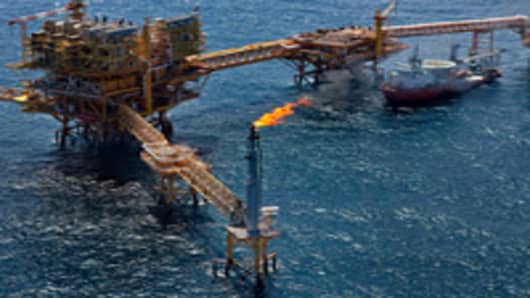After World War II, the U.S. government dumped millions of kilograms of unexploded bombs into the Gulf of Mexico. This is no secret; many governments dumped their unexploded ordnance into oceans and lakes from 1946 up until the 1970s, when it was made illegal under international treaty.
Now that technology has advanced enough for oil companies to drill deep sea wells in the Gulf of Mexico, those forgotten payloads have become a real hazard.
The U.S. designated certain areas around its coast for the safe dumping of explosives, nerve gas, and mustard gas. The problem is that the records of where these munitions were dumped are incomplete, and many experts believe that a lot of cargo was dumped outside of the designated areas. Now, decades later, no one has any idea of where the bombs are, exactly how many were dumped, or if they still pose a threat to humans or marine life.
[ More From Oilprice.com: The Horrifying Effects of a Canadian Tar Sands Oil Spill ]
William Bryant, a Texas A&M University professor of oceanography, summarized the situation by saying that the “bombs are a threat today and no one knows how to deal with the situation. If chemical agents are leaking from some of them, that's a real problem. If many of them are still capable of exploding, that's another big problem.”
In 2011 BP had to close down its Forties crude oil pipe in the North Sea, which carries 40 percent of the UK’s oil production, after they found a four-meter unexploded German mine laying just next to it. The giant mine was found during a routine inspection of the pipeline, and forced its closure for five days while engineers attempted to safely remove it and transport a safe distance away to be detonated.
[ More From Oilprice.com: The Green City Index ]
Professor Bryant remarked that he has come across 227 kg bombs off the coast of Texas and well outside the designated dumping grounds. He also said that at least one pipeline from the Gulf of Mexico had been laid across a chemical weapons dump site.
Terrance Long, the founder of the International Dialogue on Underwater Munitions, said “it makes more sense to start dealing with the munitions from a risk-mitigation standpoint to be able to conduct operations in those areas rather than trying to avoid that they are there.”
—This story originally appeared on Oilprice.com. Click here to read the original story.


